In a remarkable excavation near the ancient city of Bubastis, archaeologists have uncovered a trove of meticulously preserved cat mummies, offering fresh insights into the religious and cultural practices of ancient Egypt. The discovery, made by a joint Egyptian-German team, includes dozens of feline remains wrapped in intricately designed linen, some adorned with delicate beads and miniature masks. This find not only underscores the revered status of cats in Egyptian society but also raises intriguing questions about the scale and significance of animal mummification in funerary rituals.
The site, located in the Nile Delta, was once a major center for the worship of Bastet, the feline goddess of home, fertility, and protection. Dr. Sabine Weber, the lead archaeologist on the project, noted that the mummies were carefully arranged in a subterranean chamber, suggesting a ceremonial burial. "These were not ordinary pets," she explained. "The level of care taken in their preservation indicates they were likely offerings to Bastet, meant to accompany the deceased into the afterlife or to seek the goddess’s favor."
Ritual Significance and Artistry
What sets this discovery apart is the extraordinary craftsmanship of the mummies. Unlike earlier finds, which often contained partial or poorly preserved remains, these specimens are nearly intact. Advanced imaging techniques revealed that some cats were buried with their paws folded in a ritualistic pose, while others had their tails curled around their bodies—a detail previously unseen in similar excavations. The linen wrappings, dyed in shades of ochre and blue, bear hieroglyphic inscriptions invoking Bastet’s blessings.
Equally fascinating is the presence of tiny artifacts alongside the mummies: wooden figurines of mice (perhaps symbolic offerings of food), bronze amulets shaped like lotus flowers, and even miniature sarcophagi. These items suggest that the ancient Egyptians viewed the mummification process as a sacred art, blending practicality with spiritual symbolism. "Every element, from the choice of materials to the positioning of the bodies, was deliberate," remarked Dr. Weber. "This was a deeply spiritual practice, not just a preservation technique."
Unraveling the Mysteries of Mass Mummification
The sheer number of cat mummies found at Bubastis—estimated to be in the hundreds—hints at a sprawling industry dedicated to animal votives. Historical records indicate that temples bred cats specifically for mummification, catering to pilgrims who sought divine intercession. Radiocarbon dating of the newly discovered specimens places them between 664 and 332 BCE, a period when such practices peaked. However, the team also uncovered evidence of older burials beneath the current layer, pointing to a long-standing tradition that evolved over centuries.
Critically, not all the mummies were of equal quality. Some contained only fragments of bone or fur, raising the possibility that less scrupulous priests might have sold "fraudulent" mummies to unsuspecting devotees. This revelation aligns with earlier research suggesting that demand for animal mummies sometimes outstripped supply, leading to shortcuts. Yet, the majority of the Bubastis finds appear genuine, their contents matching the elaborate exteriors.
Modern Implications and Ethical Considerations
Beyond its historical value, the discovery has sparked discussions about the ethics of excavating and displaying animal mummies. While some argue that these artifacts belong in museums to educate the public, others question whether disturbing sacred burials—even millennia later—is morally justifiable. The Egyptian Ministry of Antiquities has pledged to handle the remains with reverence, planning a dedicated exhibition that contextualizes the mummies within their religious framework rather than treating them as mere curiosities.
For researchers, the next steps involve genetic testing to trace the origins of the cats and isotopic analysis to determine their diets. Such studies could reveal whether the animals were raised in captivity or captured from the wild, shedding light on ancient trade networks and domestication practices. Meanwhile, conservators are working to stabilize the fragile linens and pigments, ensuring that future generations can study these windows into the past.
The Bubastis discovery reminds us that ancient Egypt’s legacy is far from static. Each excavation peels back another layer of a civilization that blurred the lines between the mundane and the divine, where even a humble house cat could become a bridge to the gods. As Dr. Weber put it, "These mummies are more than relics—they’re whispers of a worldview where every creature had a role in the cosmic order."
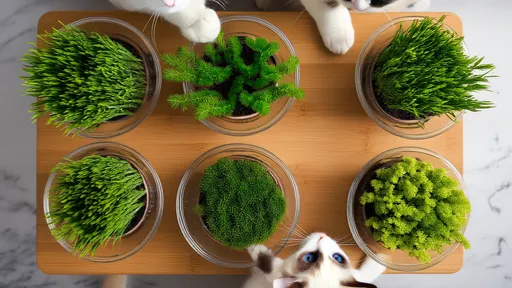
By /Jul 7, 2025
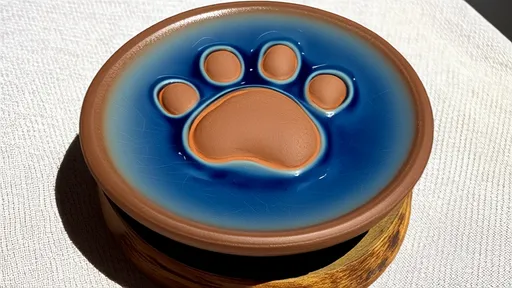
By /Jul 7, 2025

By /Jul 7, 2025

By /Jul 7, 2025

By /Jul 7, 2025
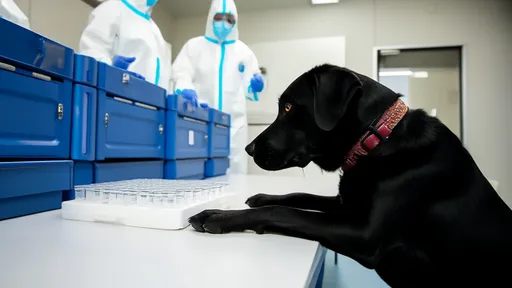
By /Jul 7, 2025

By /Jul 7, 2025
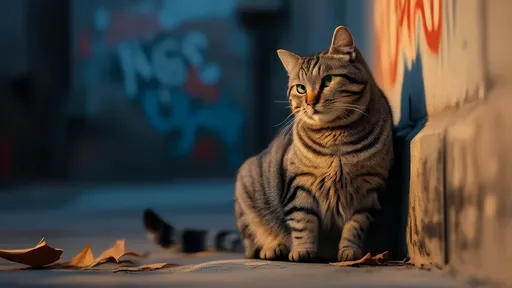
By /Jul 7, 2025
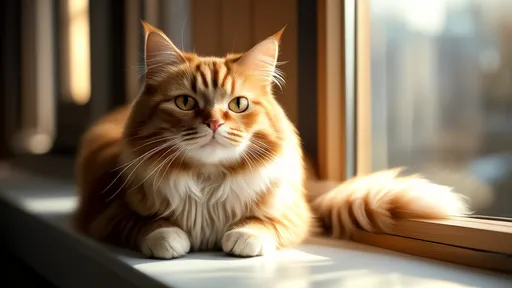
By /Jul 7, 2025

By /Jul 7, 2025
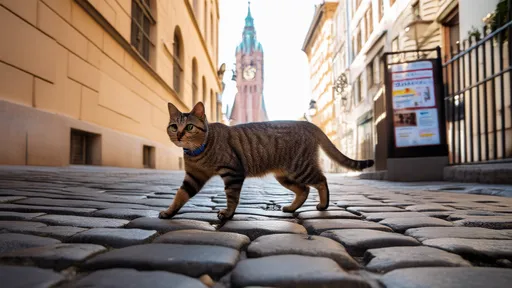
By /Jul 7, 2025
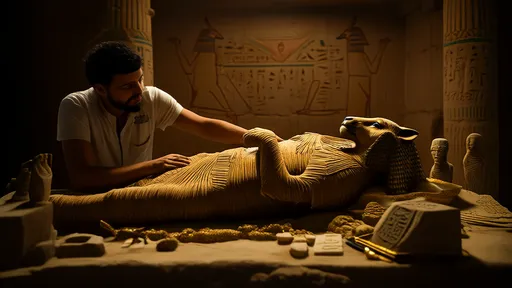
By /Jul 7, 2025
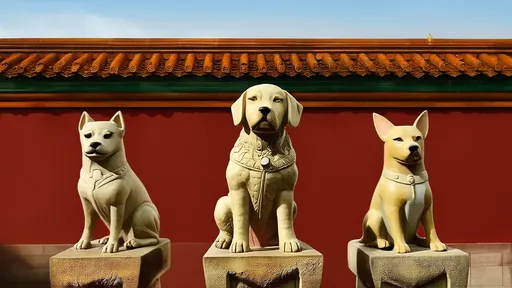
By /Jul 7, 2025

By /Jul 7, 2025
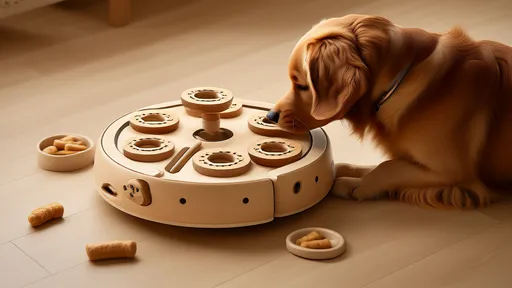
By /Jul 7, 2025
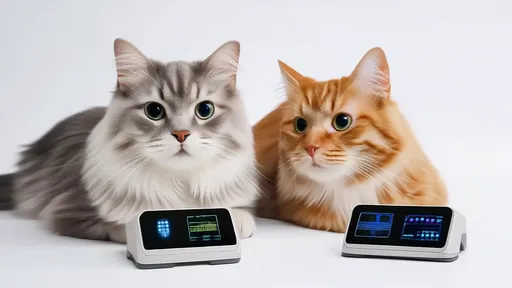
By /Jul 7, 2025
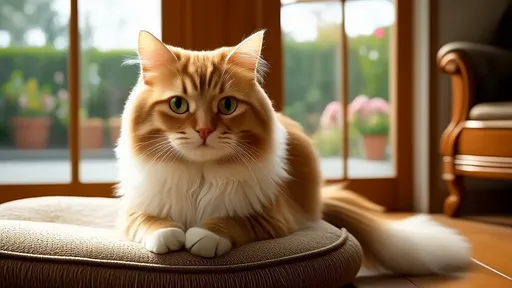
By /Jul 7, 2025

By /Jul 7, 2025